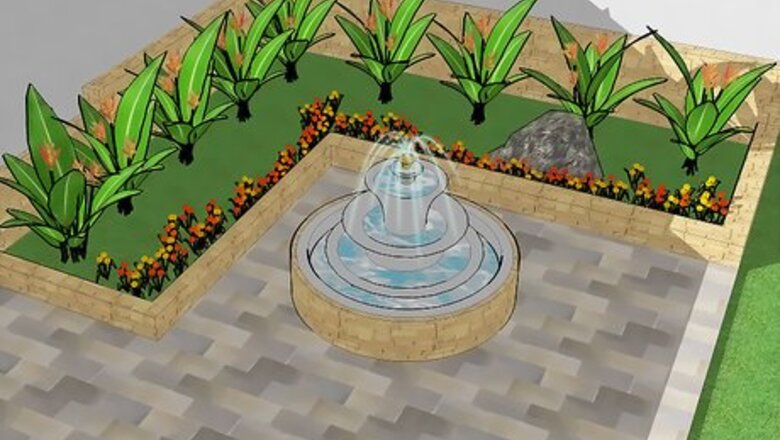
views
Setting Up Your Fountain
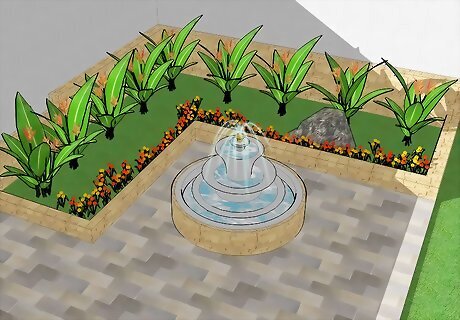
Place your fountain in the shade. Direct sunlight enables more rapid algae growth. Help minimize algae proliferation by keeping your fountain in a shady or covered area. If a completely shaded area is not available, a partially shaded area may still help slow algae growth. Also consider placing a cover such as an umbrella or awning in the area near your fountain to help provide shade if no natural shade is available.
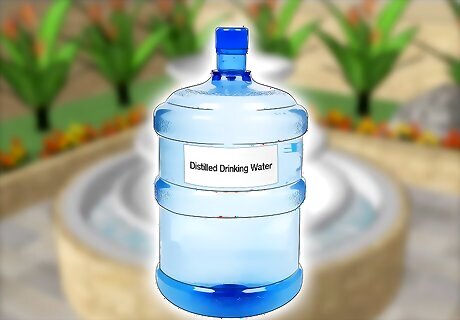
Fill your fountain with water and plug it in. Once you’ve put your fountain where you want it, fill it with clean tap water, from a garden hose, for example. Then, connect your fountain to a power source by plugging it into an electrical outlet. You can also opt for chlorinated water instead, as it will act as a disinfectant and prevent unwanted biological growth.
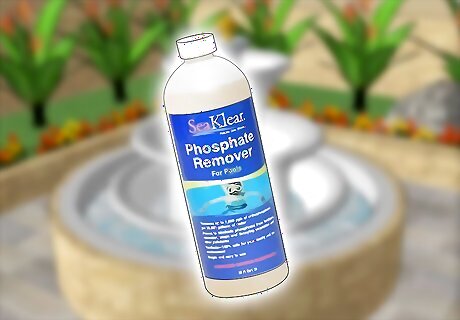
Add in a preventative product. The best time to start using algae prevention products is right after you have set up or deep cleaned your fountain. Commercial products are available online as well as at home improvement and maintenance stores. If you are concerned about the health and safety of wildlife using your fountain, look for animal-safe products. Most products found in pet stores and hardware stores will be animal-safe, but it is important to check the labels. Common products include Algae Shield and SeaKlear. If wildlife is not a concern, such as with indoor fountains, a cap of bleach may also work as a preventative measure. Before applying an anti-algae agent to your fountain, check the manufacturer's instructions to make sure that the product you purchased will not damage your current fountain setup. Product instructions will vary by product, but often all you need to do is add the product to the water on a regular basis to the running fountain.
Maintaining Your Fountain
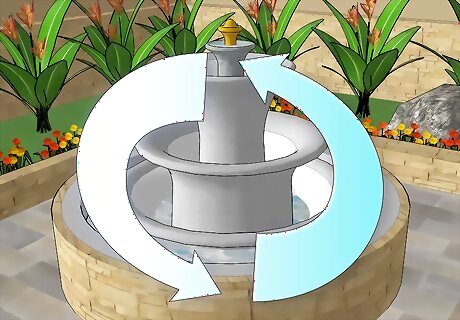
Change your fountain water monthly. Changing the water helps eliminate current living algae and prevents buildup in your fountain’s pump system. Completely empty your fountain of cold water and allow it air dry before filling the fountain. If possible, rinse down your fountain and wipe away any buildup or residue from the fountain surface as well as any decorative features such as stones before refilling it.
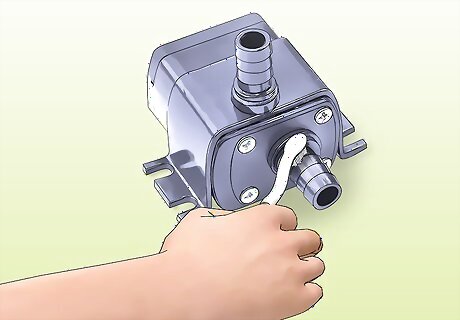
Clean your water pump. The pump is responsible for cycling water through the fountain, reducing algae's ability to grow. Scrub the pump's parts with a sponge or a firm-bristled toothbrush and distilled water. If you need to open the pump in order to get at interior parts, follow the manufacturer's instructions. All pumps are different, and what works for one pump may not work for another.
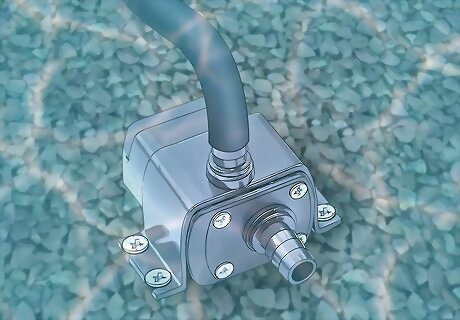
Submerge the pump. The pump cannot function unless it is entirely underwater. Keep the pump submerged to keep water cycling through and prevent algae from building and growing on the surface. It is common to have to add water to your fountain for the first several days after setting it up in order to ensure the pump stays submerged.

Deep clean your fountain. Your fountain should receive a deep cleaning every two months. Turn off and drain the fountain and wipe it down with a fountain cleaning solution, which may be available from a specialty retailer or online, or dish soap. Opt for dish soap if you are looking for a product that is friendly to animals such as birds and small mammals that may make use of your fountain. Go over the fountain with a toothbrush to scrape off algae and other organic matter. Be sure to thoroughly rinse the fountain after using soap, as it may damage the fountain if left on its surface. Clean the fountain's tubes using pipe cleaners, such as can be found at any hardware or craft store, to scrub out the pipe interiors.
Removing Algae From Your Fountain
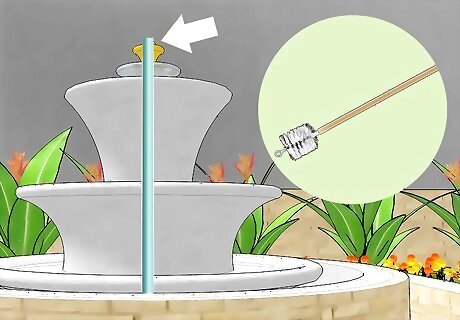
Scrub your fountain. If you find that your fountain has developed noticeable algae, the first thing you need to do is thoroughly scrub the individual components of your fountain. Take your fountain apart and clean each surface using soap and hot water and allow to air dry before reassembling. Wipe down the fountain with distilled white vinegar or a solution of 1 cup of bleach per gallon of water before soaping and rinsing the fountain. Rinse bleach thoroughly.
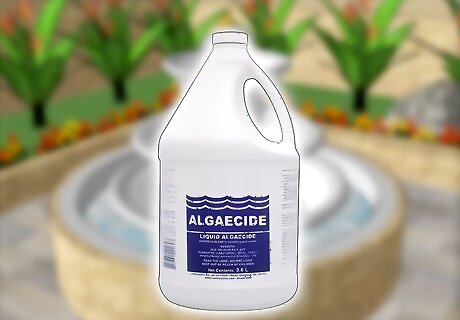
Use an algaecide. Unlike preventative treatments, algaecides are meant to kill off existing algae growths within a fountain. Algaecides are available in home improvement stores as well as online and specialty retailers. Check the algaecide bottle to see how to properly use the product. Check the bottle to see how much product should be added to the water and at what frequency. Non-metallic algaecides work better in fountains as they are less likely to stain.
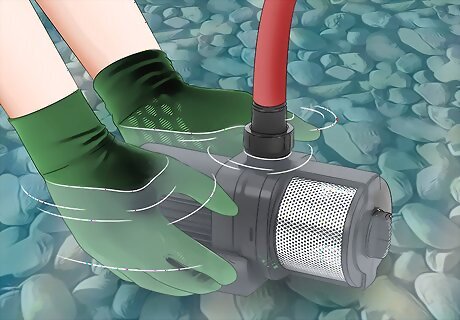
Replace your pump. If heavy algae growth continues for extended periods in your fountain, consider replacing the pump to get better water movement and circulation. You may be able to do this yourself, or you may want to call in an expert depending on the size of your fountain and your level of experience. Fountain pump systems can differ greatly. Check with your manufacturer to see what components your fountain requires.

















Comments
0 comment